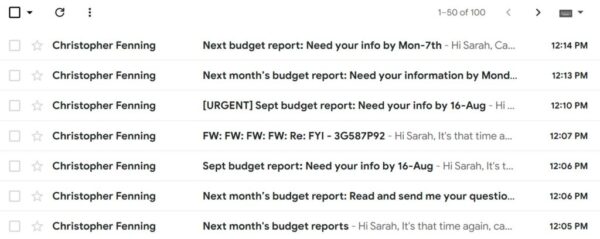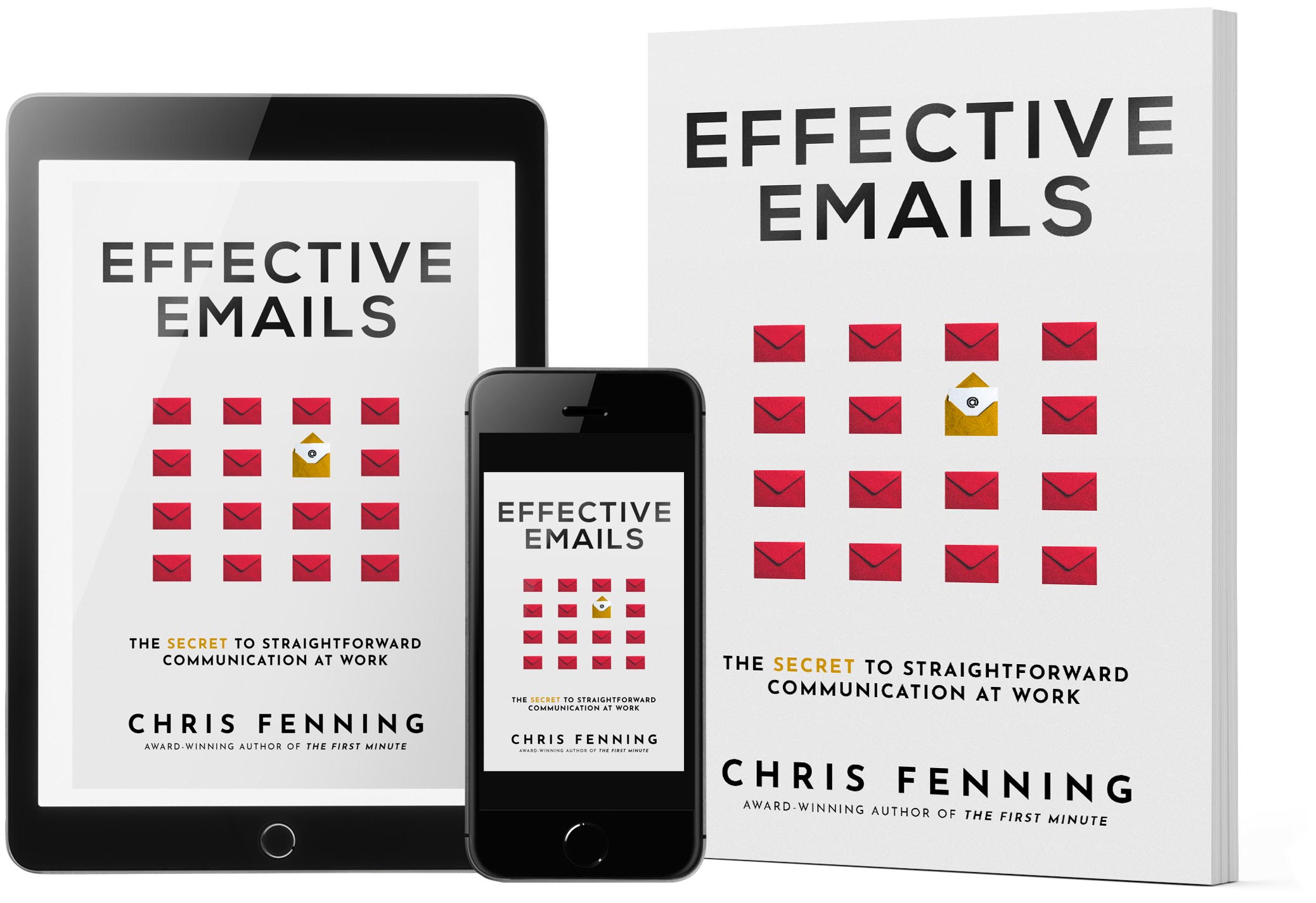Not all business emails are equal. Some are more important or urgent than others. To make sure these messages get the attention they need you need to know how to show an email is urgent.
This article explains two ways to make your urgent messages stand out. But be careful, use these too much and you’ll end up like the boy who cried wolf and no one will believe your messages are urgent.
The two methods to show an email is urgent are:
- Use settings in the email application.
- Show urgency in the subject line.
Use settings in the email application
If you want to show a message is urgent, there are features in most email applications that enable this. Microsoft Outlook in particular has multiple options to show a message is important or urgent.
The most common methods is each email can be assigned a priority level (high, neutral, low). This usually puts a small exclamation mark on the email that is displayed in the recipients inbox.
![]()
This is helpful to make a message stand out but it doesn’t work all the time. Not all email applications display the priority. So if the recipient isn’t using Outlook they may not see the message is important.
Another option in Outlook is to “flag” the message. This puts a red flag icon against an email in the inbox. The flags can be combined with a follow-up deadline and reminder. This means the recipient get the email, they are shown a flag to say this is important, and they also get a pop-up reminder to reply to the message after a set period of time has passed. This is sure to get their attention.
![]()
But, just like the priority level, the flags don’t show up in all email applications. So you could spend five minutes setting up the perfect set of reminders and alerts but the recipient never sees them.
This is why the second option is a better way to show urgency in an email.
Show urgency in the subject line
In addition to, or instead of, the features mentioned above, you can write email subject lines with urgency. Meaning you use the subject line to show an email is urgent.
Adding [URGENT] at the start of a subject line makes the email stand out in any inbox. Urgent messages are likely to get attention, and likewise, putting [Not urgent] helps the recipient see they don’t need to read it right away. They might still open it if your name is high on their priority list, but that’s up to them. At least you’ve let them know something isn’t urgent.
Whatever method you choose, you don’t need to indicate the level of urgency in every email. Only use priority indicators when a message needs to stand out or overuse will quickly make this no longer work for you.
There are many ways to indicate urgency. Here are some examples:
- URGENT
- PLEASE READ
- REPLY NEEDED BY 10am
- IMPORTANT
- MUST READ
The use of capital letters isn’t required but helps the message stand out in the list of emails only showing sender and subject line information. It may also help to put the words in brackets to further separate the urgency indicator from the rest of the subject line. Here are some examples.
- [URGENT] Dec budget report: pls approve your numbers
- [REPLY NEEDED BY 10am] Dec budget report: pls approve your numbers
- [Low priority] Sept budget report: need your info by 16-Aug
Always put the priority at the start of the subject line. If you put it at the end, it may be cut off if the subject line is truncated in the email application.
Here’s what an inbox looks like when the priority is clearly stated in the subject line. How easy is it to spot the important message?

Urgent messages stand out when the priority is written at the start of the subject line
Warning – don’t overuse these methods
Warning: be careful when using either of the methods for showing urgency. Overuse can stop them from being effective. It’s a bit like the boy who cried wolf, and you will probably get fewer responses overall because people will get frustrated and treat your messages as decidedly un-urgent.
If something is really urgent, you should consider a different method of communication. You can send the detail or data by email and then contact the person to discuss it. Phone, instant message, or going to see the person are all better ways to communicate when you need a quick reply.
Learn more with my book
Effective Emails

- Do you want fewer frustrating emails at work?
- Would you like replies that actually answer your questions?
- How about getting your team to send shorter, clearer messages?
If you answered yes to any of these questions, this book is for you (and your team).
Effective Emails is a straightforward guide to removing the pain from writing and receiving emails at work. It’s the communication skills class we needed at school but didn’t get.
